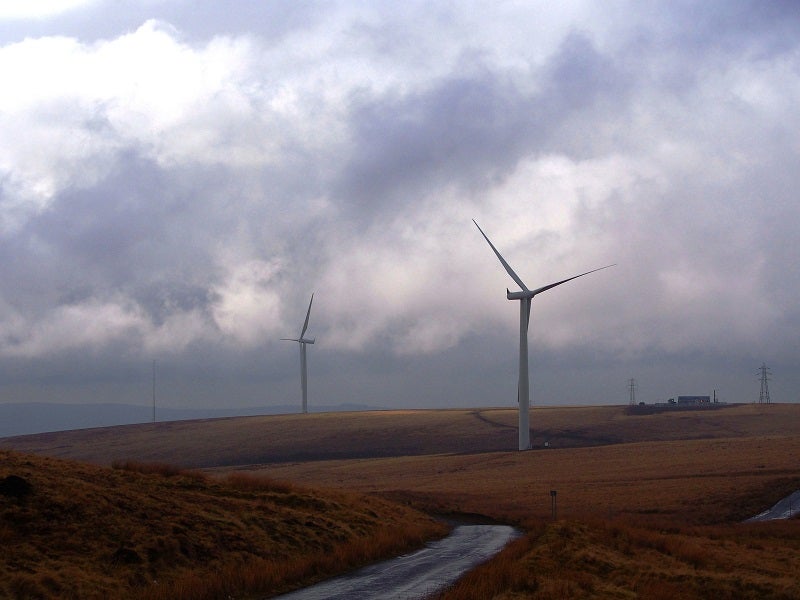
Welsh think tank Institute of Welsh Affairs (IWA) has published the report “A plan for Wales’ renewable energy future: essential actions to re-energise Wales by 2035”, a study into ways Wales could make the transition to 100% renewable energy.
The report outlines ten steps that the Welsh Government would need to take for this transition. These include a ‘Low Carbon Economic Stimulus’ for 12-18 months to ramp up the process of moving to renewables, putting 1GW of renewable energy under local ownership and investment funds and reducing dependence on fossil fuels.
Tidal power features strongly in the research with the IWA arguing that Wales offers significant potential for wave and tidal power, especially off the coast of Pembrokeshire and Anglesey. The report argues that tidal energy would be particularly useful in winter when wind and solar power generation is lower.
Despite its potential, the report notes that there are no commercial-scale tidal projects in the UK. IWA says this would be a significant challenge for Wales, especially when “European funding for demonstration projects is no longer available after Brexit”.
If the recommendations of the report were implemented, the IWA estimates that by 2035 Wales could have 2,670MW of solar power, a combined 4,245MW of onshore and offshore wind and a 4,000MW from the tidal range. Along with hydropower and biomass, IWA envisages that Wales could have a total of 11,085MW of renewable energy capacity.
IWA says these measures would create over 20,000 full-time equivalent jobs during the 15 year investment period of 2020-2035 with gross value added (GVA) of £7.4bn. Altogether, the IWA estimates that its ideas would cost £25bn for renewable electricity generation and £5bn in domestic energy efficiency interventions.

US Tariffs are shifting - will you react or anticipate?
Don’t let policy changes catch you off guard. Stay proactive with real-time data and expert analysis.
By GlobalDataThe IWA did note that only 2% of the Welsh government’s 2019-2020 budget has been allocated to Energy, Planning and Rural Affairs expenditure group. The group also mentioned that the UK was the leading fossil fuel subsidiser in the European Union (EU), spending £10.5bn a year on fossil fuels compared with around £7bn for renewables.
Report author Shea Buckland Jones told the BBC: “There are environmental benefits, there are social benefits, there are economic benefits. I think one of our clear messages from the final plan is that we need leadership on this – the scale of the challenge is quite drastic and we need Welsh Government action.”
The IWA announced the report launch on Twitter saying: “Today is the day! 3 years of hard work have led to our ambitious plan for Wales’ renewable energy future. We’ve got many of the tools, what’s needed now is more ambition and much more action.”
https://twitter.com/IWA_Wales/status/1106100301373808640



